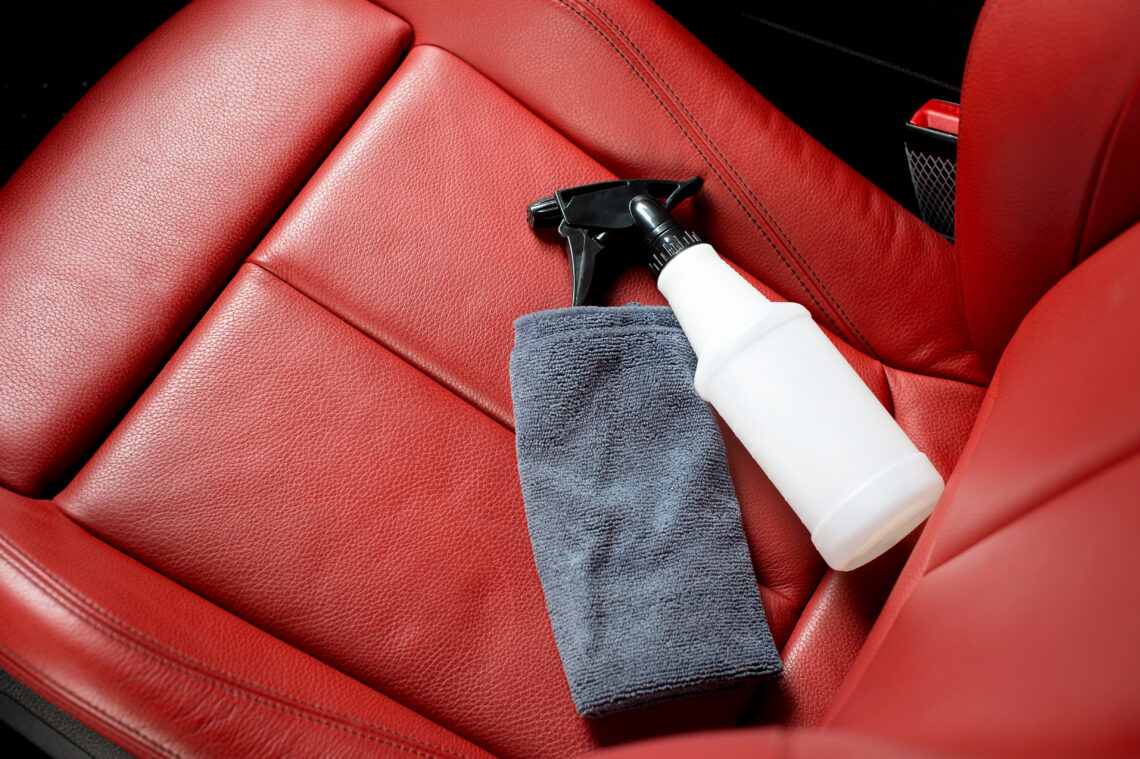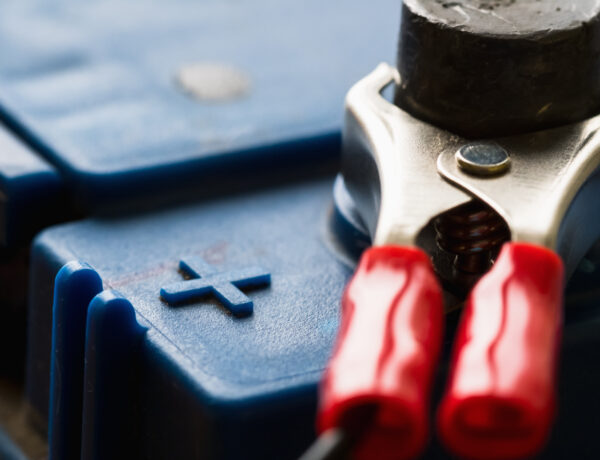You know how the song goes, “Hot town/summer in the city/back of my neck gettin’ dirty and gritty.” Sure, The Lovin’ Spoonful knew their way around a hook, and the sentiment holds true now that Summer is officially here. It’s not just you that’s dirty and gritty; your car’s interior could use some loving, too.
Summer is, after all, the cruising season. You’re out in your car at the beach, on the street at night, making appearances and memories. You already know how to keep the exterior of your ride looking so fresh and so clean, but what about the inside?
Those leather seats you love and admire can start to look scruffy and worn if you do not treat them right.
And we are all about helping you treat your ride the most right possible.
Check out our tips on how to clean your leather seats and bring back their buttery-rich appeal before you’re car’s full of cracked leather that is not part of hot car summer.
Why cleaning leather is crucial
Your vehicle’s leather seats are a detail worth paying attention to when it comes to car maintenance and cleaning. And not just because removing grime and bodily oils is a good idea. Properly caring for leather seats can help protect the upholstery, greatly extending its life. It also helps minimize fading or cracking due to sunlight beating onto the seats.
Materials needed to clean leather car seats
When cleaning leather car seats, one of the most important steps is finding the appropriate materials, including products and tools. While this task may seem simple, some techniques, products, and tools may do the opposite of what you’re trying to do, which is to clean and maintain the leather car seats.
Tools you need to get started
Gather the following items before cleaning your seats:
- Handheld or a full-size vacuum with attachments, ideally a shop vacuum, but a household vacuum suffices.
- Soft bristle brush.
- Microfiber cloth.
- Cleaning solution.
- Leather conditioner.
The leather conditioner is an optional product, but it’s worth the extra money and time to apply it since it can help prevent unwanted stains from settling into the leather.
Tips for choosing the right cleaning products
Put some extra care into choosing the right products. One of the first elements to consider is the number of harsh chemicals in a product. You want to find one that doesn’t contain acetone, alcohol, ammonia, or bleach because these chemicals can damage your seats. Avoiding solutions with fragrance is vital as they can also stain your seats. Additionally, purchasing products in a spray form is helpful, allowing for easy application and removal.
Remember to check whether the leather cleaning solution is compatible with new and old leather and made for leathers of various textures and colors.
Steps for how to clean leather car seats
Once you find the proper cleaning solutions for your seats, you’re ready to begin cleaning. The first tool you’ll want to grab is your handheld or full-size vacuum with the hose attachments.
Vacuum the seats
Before going in with the cleaning solution, vacuum up any debris and dirt on the seats and floor, paying close attention to the crevices and other hard-to-reach areas. This vacuuming gives you a clean slate to work with, so you’re not dragging around any crumbs or other objects with the solution, embedding it into the seats. Pre-cleaning the seats can help preserve the leather’s texture.
Apply the cleaning solution
After vacuuming, it’s time to apply the cleaning solution. Leave the solution on the seats for 30 to 60 seconds before wiping it away. This time allows the solution to break up dirt, bacteria, or other contaminants. If you have leather door panels, a dashboard, or other smaller leather accessories, apply the product to these surfaces with a microfiber cloth.
Be careful not to soak your leather seats with the solution. If the leather soaks up the liquid before you wipe away the solution, the liquid can promote mold growth within the seats. Additionally, avoid getting cleaner on your vehicle’s windows. If you get some solution on the windows, use a damp cloth to wipe it away immediately.
Scrub the seats with a soft bristle brush
Scrub your seats using a soft bristle brush after 30 to 60 seconds. Scrub the cleaning solution until it becomes foamy. The foam allows all stains, even old ones, to soften and lift.
Wipe the seats with a microfiber cloth
After scrubbing, wipe off the excess cleaning solution with a dry microfiber cloth. You may also use a clean damp microfiber cloth to help remove any remaining dirt left behind from the cleaning solution. Once the leather seats are clean and dry, you can condition them.
Condition the leather seats
This step is optional but highly encouraged to keep your seats in good condition and minimize color fading or cracking. You can apply leather conditioner directly onto the seats, similar to how you used the cleaning solution. Be generous with the amount, wiping it across all surfaces evenly.
Once the leather conditioner is on your seats, let the leather cure for about four to six hours. The seats should feel soft to the touch rather than greasy. If parts of your seats still feel dry, add more conditioner. Repeating this step is common for older vehicles with leather seats. After letting the conditioner cure, wipe off any excess left behind with a clean, dry microfiber cloth.
Tips for maintaining leather car seats
Maintaining your leather seats is essential if you want them to have a long life and look good. Cleaning and conditioning can remove bacteria and other harmful elements from the leather and protect the material from UV light, which can help decrease the chances of ripping, cracking, or fading.
Study the following tips to help you maintain your leather car seats:
- Apply leather conditioner every three to six months to ensure the leather’s color and texture remain.
- Consider cleaning your seats at least once a month.
- Do a test spot on your seats, such as in an out-of-sight area, when using a new cleaning solution to ensure it doesn’t cause discoloration or other stains.
- Clean the seats slowly and work in small sections to reduce the chances of discoloration.
- Use a microfiber cloth only; other materials can harm the leather.
- Remember to prioritize cleaning solutions with natural and nontoxic chemicals to minimize bleach or alcohol stains, scratches, or other problems.
- Avoid disinfectant cleaning wipes on your seats, even for a quick clean, because these products often contain alcohol.
- Keep other products away from leather seats, such as hair spray, shoe polish, markers, window cleaner, and fingernail polish remover, as they can harm the leather’s color and texture.
- Use a damp microfiber cloth and rub in baking soda to treat a grease stain on your leather car seats. Let the baking soda sit on the leather for an hour before cleaning the seat.
Preserve the look of leather seats for years to come
Taking special care of your leather seats helps protect your vehicle by ensuring a clean and pleasing appearance. Research the right natural cleaning products before purchasing any cleaning product. Spot testing is vital after you buy a solution. This summer, you can add cleaning and moisturizing your seats into your car maintenance routine to help preserve the luxurious leather.
Because in the summer, like The Fresh Prince said, “There’s an air of love and of happiness, and this is the new definition of summer hotness.”






